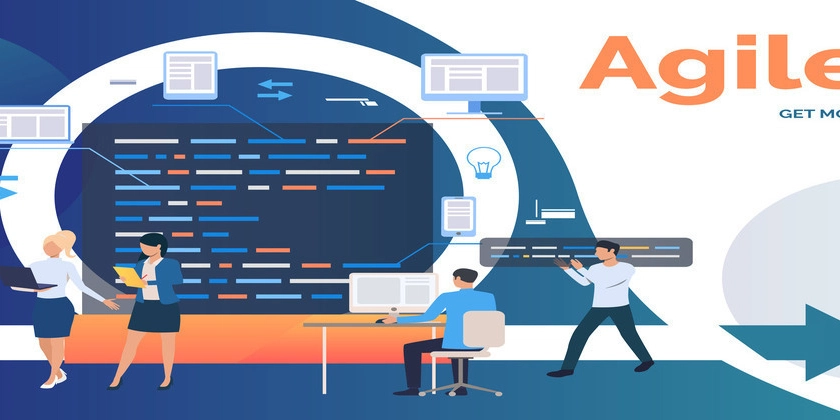Dev
1M
144

Image Credit: Dev
Agile vs. Waterfall: Which Software Development Methodology is Right for You?
- Agile vs. Waterfall is a crucial decision for software projects, impacting time, money, and team collaboration.
- Waterfall is a traditional, structured software development methodology with clear phases: requirements, design, coding, testing, deployment, and support.
- Advantages of Waterfall include a fixed plan and easy progress measurement, but it lacks flexibility for changes and late problem identification.
- Agile, a modern methodology, focuses on iterative work cycles, quick adaptability, teamwork, and client feedback.
- Key elements of Agile include short work periods, frequent planning meetings, daily check-ins, and continuous improvement.
- Agile allows quick changes, early issue identification, and regular client progress updates, but requires constant client input and may face scope creep.
- Agile and Waterfall differ in flexibility, planning approach, adaptability to change, and client involvement.
- Factors like project size, client requirements, team dynamics, time-to-market needs, and regulatory constraints influence the choice between Agile and Waterfall.
- Real-world case studies demonstrate Waterfall's suitability for structured projects and Agile's effectiveness for fast-changing environments.
- Ultimately, the best methodology depends on project specifics, team capabilities, and client expectations.
Read Full Article
8 Likes
For uninterrupted reading, download the app